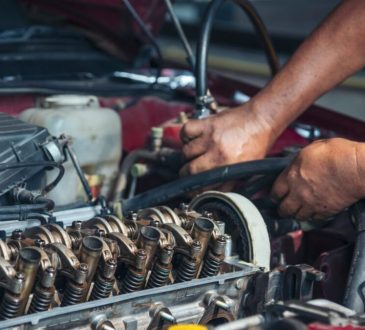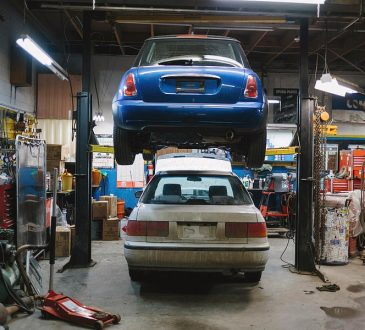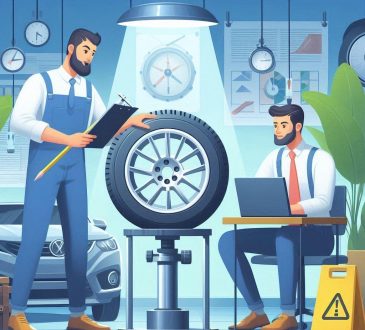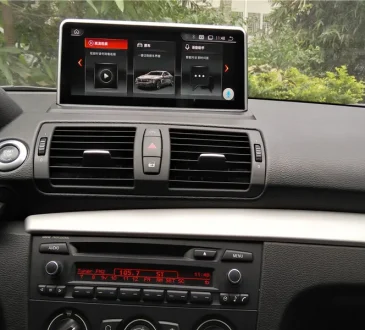
You’re driving along the highway when the driver up ahead decides to slam on his brakes. Being a good driver, you react fast and apply pressure to your own brake pedal. Only instead of simply coming to a stop, the car transmits an intense vibrating through the suspension and steering systems’ parts and up into your hands and arms.
In many cases, the vehicle looks great and otherwise runs fantastic. In fact, this specific problem is known to plague even top of the line luxury automobiles such as the BMW 3 Series. It seems no demographic of car buyer is immune. Oftentimes, by the time it’s noticed, it’s too late for proper suspension parts updates and steering system maintenance to help your BMW. The problem can become increasingly frustrating for bimmer owners stumped trying to figure out the root cause. Hundreds, possibly thousands of dollars might be spent on parts and labor trying to put an end to your beloved BMW’s “brake shake” suffering without success.
The longer brake shake is allowed to happen, the worse things will get for your BMW’s suspension and steering parts, and really, any other parts connected to the wheels, such as drivetrain parts, transaxles and differentials. Eventually the wheels themselves might be seen wobbling when the brakes are applied, creating a dangerous situation for drivers and passengers, as well as anyone else on the road nearby.
So, what gives? While the precise cause of brake shake for a particular vehicle cannot be guaranteed, clues pointing to the most likely culprit lie within that aforementioned 3 Series BMW. While undoubtedly beautiful and built up to par with some of the world’s most advanced auto parts and engineering standards, BMWs are not without their weaknesses. And one of the biggest gripes is about the 3 Series’ suspension parts durability, as they’ve earned a notorious reputation for suffering brake shake thanks to faulty control arm bushings.
Simply put, the control arm connects the suspension system to the chassis. The end of the control arm that’s connected to the chassis is attached via a rubber bushing, which acts as a dampener of vehicle vibration. But over time these rubber bushings become brittle from heat and break, pretty much eliminating the vibration-reduction effect. When working properly, these control arm bushings isolate the vibrations of your bimmer’s actively-braking wheels from the rest of the vehicle.
Therefore, replacing those rubber bushings will most likely make the brake shake disappear from the steering wheel. What was once a jarring experience anytime the brakes were applied, will again become a smooth stopping transition. The major improvement in driving experience alone makes it worth doing the repair, not to mention it’s not overly complicated so you can realistically do it yourself and save some money. Even if you don’t want to try it yourself, getting your replacement BMW parts from an online store like eEuroparts will not only save you money from the mechanic’s marked-up prices, but will usually give you a lot more options of types of quality to choose from.
However, sometimes bad control arm bushings and other suspension parts are left on a vehicle for too long despite causing daily brake shake; some drivers simply do not pay attention to the changes in their car’s feel over time! Regardless of the quality craftsmanship that BMWs boast, any long-term neglect will lead to deterioration of its internal parts and systems, and of course the exterior paint, too. Indeed, over time, bad bushings will lead to damage spreading outward through other suspension parts and eventually to the wheels, steering system parts, and even in the chassis and engine bay.
For instance, with the BMW 3 Series, bad bushings lead to ball joint damage towards the frontend of the control arm parts. This will then increase the already intense vibration, and cause the vehicle to veer slightly left or right depending on the side with the most damage.
When bad bushings go neglected even longer they can also damage the brake parts as the worn bushings will warp the rotors on the frontend brakes. At this point, vibration will surely be felt through the pedals as well as the steering wheel. Eventually bad vibrations will be felt whether the car is stopped, accelerating, or slowing down.
So, it goes without saying, whether you drive a BMW 3 Series or not, getting the control arm bushings inspected is a top priority with standard suspension parts maintenance. In the event of brake shake felt through the steering wheel, the potential for further damage to the vehicle is too great to simply ignore such a red flag. More importantly, the risk for a harmful accident caused by seriously-compromised steering and suspension parts is far too great to hold off inspection and repair when necessary.




